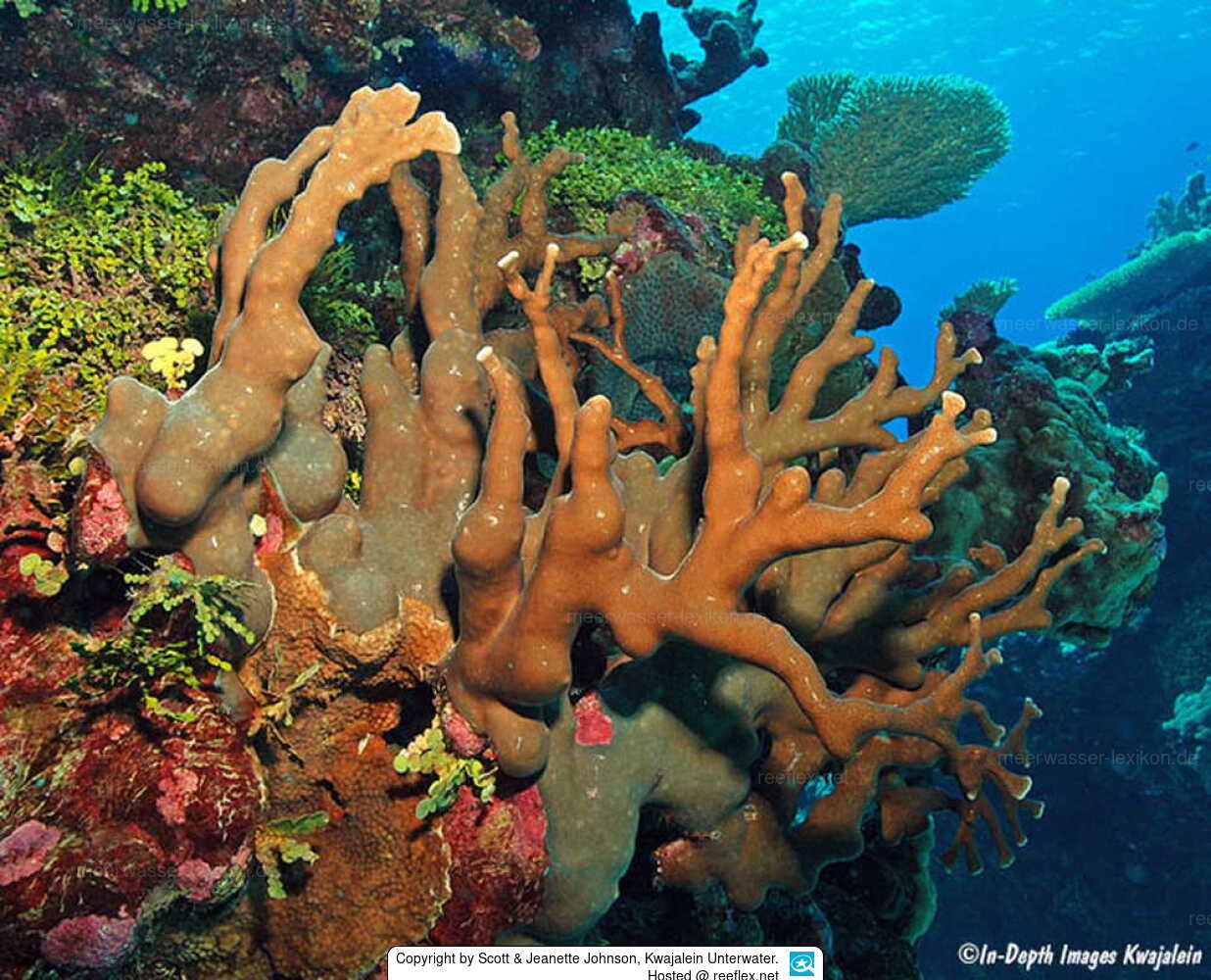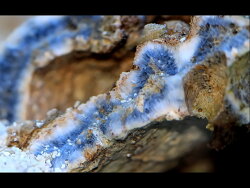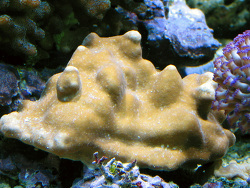Info
The blue coral also referred as „blue fire coral“ is a member of the order Helioporacea. Blue corals are thus named for their distinctive, permanently blue skeleton, which is generally hidden by greenish-grey or blue polyps. It is often mistaken for a small polyp stony (SPS) coral because of its hard blue exoskeleton, but it is an octocoral (soft coral) and its growth forms are branching. The body is composed of iron salts, which lend its distinctive blue color.
Blue corals contain [Further read] the symbiotic algae zooxanthellae from which they receives the majority of the nutritional requirements through photosynthesis, but it will also feed on micro-plankton or foods for filter feeding invertebrates.
Synonymised names:
Heliopora sparsipora Felix, 1921 † (synonymy)
Millepora coerulea Pallas, 1766 (basionym, changed combination)







 Scott & Jeanette Johnson, Kwajalein Unterwater
Scott & Jeanette Johnson, Kwajalein Unterwater



















